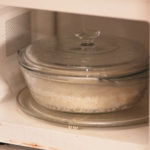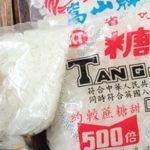Difficult to Identify with the Naked Eye
It is challenging for consumers to determine whether dried fish has been soaked in harmful chemicals just by looking at it. Even government agencies must conduct inspections and tests to identify the presence of harmful chemicals, banned substances, or permitted preservatives that exceed the allowed limits.
There is no foolproof method for consumers to easily identify and avoid purchasing dried fish treated with chemicals. However, with caution and a keen eye, buyers can still filter out potentially unsafe products before making a purchase and consuming them.
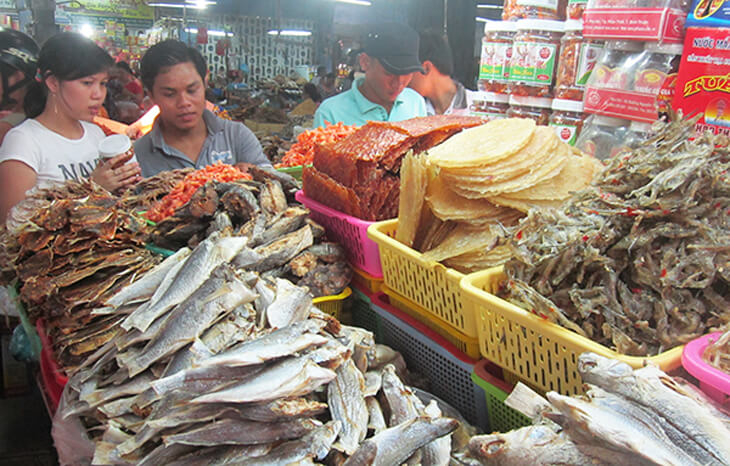
[captionnews] It is challenging to identify dried fish treated with chemicals by sight alone. [/captionnews]
Tips to Help Buyers Filter and Reduce the Risk of Purchasing Dried Fish Treated with Chemicals
Absence of Insects such as Flies and Ants
Naturally, dried seafood products like fish, shrimp, and squid are very attractive to insects such as ants and flies.
If, during the purchasing process or while storing the dried fish at home, you do not observe any signs of these insects on the product, even when it is not packaged, it is likely that the product has been treated with harmful chemicals.
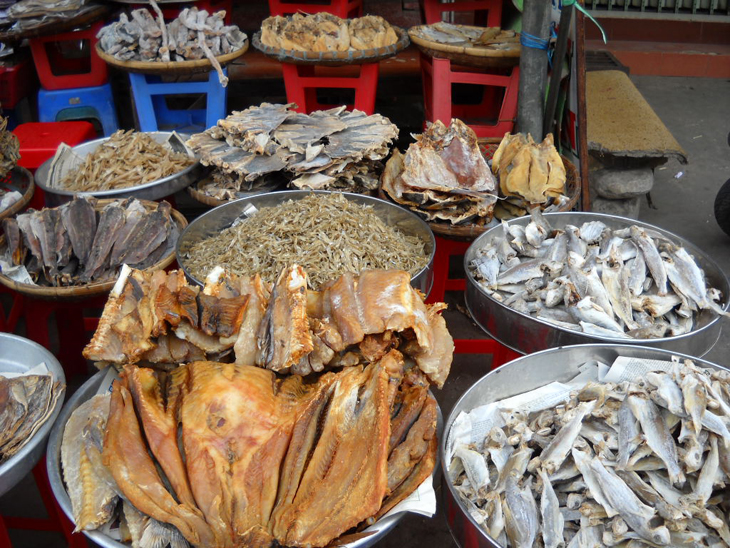
[captionnews] Dried seafood treated with chemicals often does not attract flies and ants. [/captionnews]
Purchased Dried Fish Spoils Quickly
To extend the shelf life of their products, sellers often soak, wipe, or spray chemicals on the dried fish to prevent mold or oil seepage, which can lead to spoilage. As a result, their inventory can last for months without deteriorating, while the dried fish you buy may spoil quickly under normal storage conditions.
When purchasing dried fish, look for sellers who store their products in a cold environment, as this is safer than buying from those who leave their products exposed to the elements.
If the dried fish you buy starts to show signs of mold or oil seepage on the surface within a few days, or if it lacks the characteristic fishy smell, it is best to discard it.

[captionnews] Discard dried fish that develops mold or oil seepage after purchase. [/captionnews]
Opt for Products with Clear Origin and Source
Although it may not be easy, if you live in areas near rivers or the sea, you can find reputable and safe sources for dried seafood products. Buying from these trusted sources will give you peace of mind when consuming the products.

[captionnews] Seek out reputable processing facilities to make your purchases. [/captionnews]
For those living in urban areas who may not have the opportunity to identify and locate safe dried seafood processors, it is advisable to purchase from reliable retailers, such as supermarkets. The products in these stores have typically undergone a selection process regarding their origin and have been inspected before reaching consumers.
Make Your Own Dried Fish at Home
This is another excellent way to ensure the safety of the ingredients you buy and the processing methods used.
The basic process usually involves cleaning and filleting the fish, then marinating it with a mixture of salt and chili peppers for several days. After that, the fish is soaked in ice water for a day to ensure the flesh remains clear during the drying process.
You can find more detailed instructions on making various types of dried fish by searching online or consulting with experienced individuals in the trade. This way, you can prepare delicious and safe dried fish for your family to enjoy over the long term.
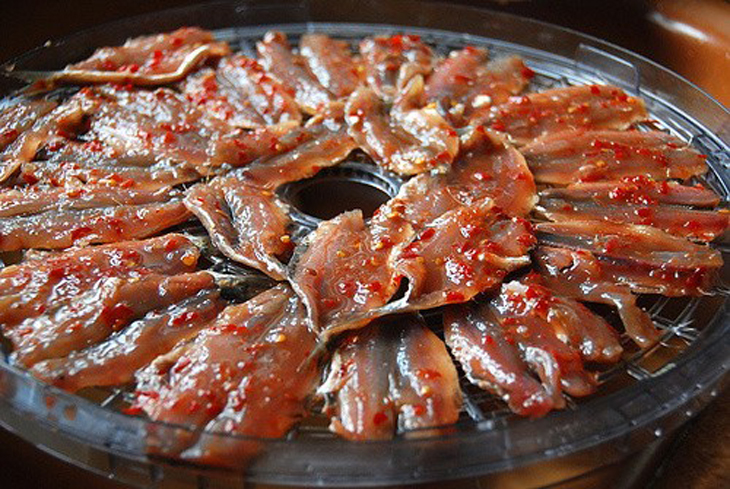
[captionnews] Make your own dried fish at home to ensure its safety. [/captionnews]
Dried fish treated with harmful chemicals or exceeding permitted levels can pose immediate or long-term health risks. However, since there is no simple way to identify such products, it is best to limit your consumption when the origin and processing methods are unclear.
Stay tuned for more interesting articles at

























